While there are no magic tricks to help you feel great after hammering the pedals for an hour or more, there are a few things you can do to help ease into the transition a little more seamlessly.
Use these five tips to run more comfortably, and perhaps a little faster, off the bike.
Strengthen Your Core
1 of 6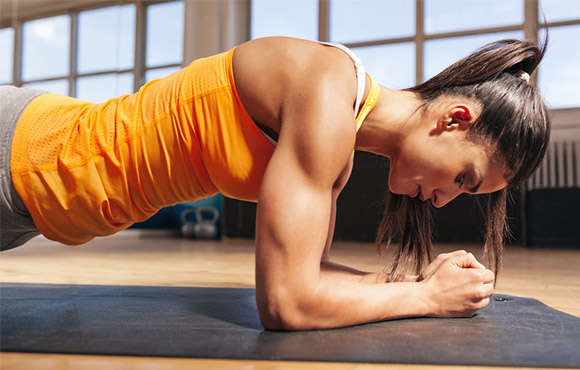
While pedaling a bike requires substantial leg strength, the core and glutes generate most of your power. If your core is weak, not only will your cycling suffer, but your running form will pay the price, as well. Once you've fatigued your core on the bike, it'll be all downhill from there--and not in a good way.
In the offseason, make a concentrated effort to strengthen your lower back, hips and gluteal muscles. By working on the muscles that stabilize your pelvis (preventing hip drop) and that keep your back straight instead of slumping forward, you'll be able to maintain good running posture throughout that leg. And because poor running posture equals wasted energy, you'll run faster, too.
Find Your Next
TriathlonPlan Your Workout Schedule
2 of 6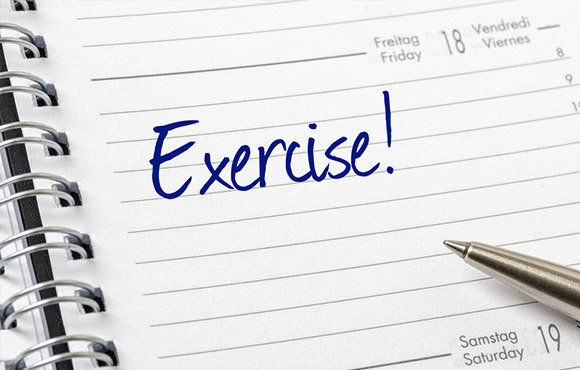
Like anything else, you need to practice running after your bike workouts to get used to how it feels. While this means including plenty of bike-run brick workouts, it also means slotting your training days in the swim-bike-run progression.
If you plan to swim, bike and run throughout the course of your training day, try to swim in the morning, bike at lunch or directly following work and run toward the end of your day. This will ensure you are running when your legs are the most tired, which is simulating what you'll face on race day.
Find Your Next
TriathlonUp Your Cadence
3 of 6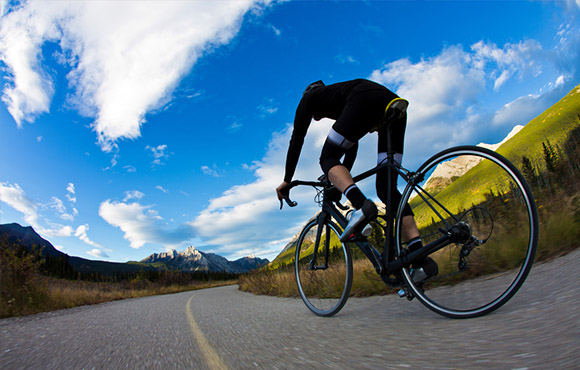
Every cyclist and triathlete will have his or her own preferred cadence on the bike. And while we don't advocate increasing your cadence throughout the duration of the cycling leg, upping your cadence toward the end of the segment could help ease your run transition.
By speeding up your revolutions per minute to around 100 for the last five minutes of your bike leg, you will remove some of the lactic acid from your muscles and make your legs feel a little less wobbly once your feet touch the ground.
Find Your Next
TriathlonShorten Your Stride
4 of 6
Just as it is a good idea to speed up your cadence for the last few minutes of your bike leg, starting the run with short, small strides is a good way to go.
Most of your oxygen-rich blood collects in your lower extremities when on the bike. If you then take long strides when you begin the run, your legs will struggle to adjust and won't get rid of the excess blood--mainly because longer strides tax your leg muscles more than shorter ones will.
To combat this, try to run with short, quick strides (around 90 steps per minute) until your legs stop feeling like jelly. Once they do, you can return to your normal stride length.
Find Your Next
TriathlonRide More
5 of 6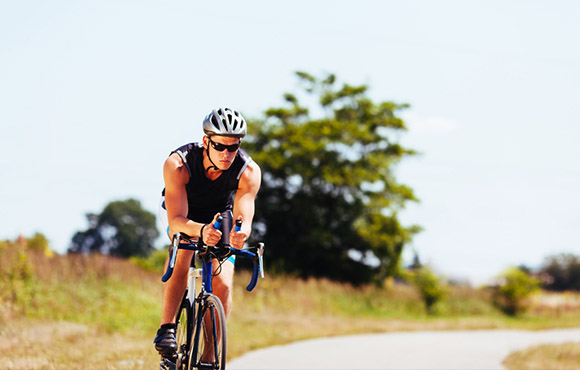
This might sound counterintuitive, but to run faster, you'll need to have a strong cycling base. Think about it this way: If the bike leg of your upcoming triathlon is 56 miles and you feel exhausted after 56-mile training rides, you're going to feel exhausted after the bike leg during the race too.
To make things easier, you should have a cycling base that extends beyond your race distance. This way, when you're on the bike, it'll be easier to pace your efforts to save energy for T2 and the following run leg.
Find Your Next
TriathlonAbout the Author
Marc Lindsay
Marc writes gear reviews, training, and injury prevention articles for Active.com. He is also a contributor to LAVA Magazine, Competitor Magazine, and Gear Patrol.com. He is a certified Physical Therapy Assistant (PTA) and earned his M.A. in Writing from Portland State University. Marc resides in Scottsdale, Arizona.
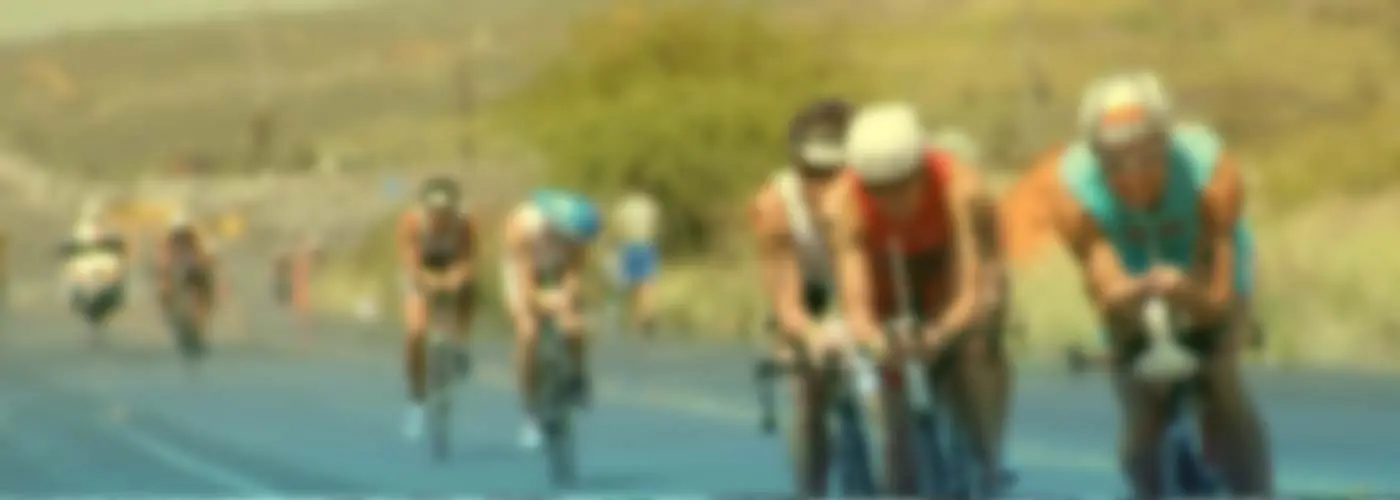






Discuss This Article